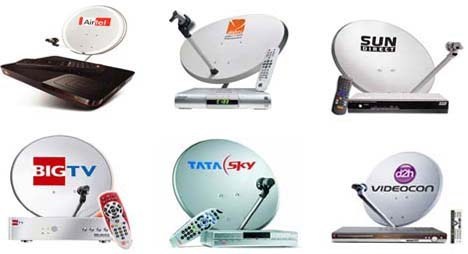100% FDI in DTH
The Union Cabinet recently approved revised guidelines for Direct to Home (DTH) broadcasting services. The guidelines allow 100% Foreign Direct Investment (FDI) in DTH. Also, it has increased the license period to twenty years. Earlier, it was ten years.
What are the new Guidelines?
- The license fee has been revised to 8% from 10% of the Adjusted Gross Revenue.
- The broadcasting firms will have to pay the license fee in quarterly basis. The firms are now paying in annual basis.
- The guidelines also enable the DTH service providers to invest more coverage leading to increased operations and higher growth.
- Under the new guidelines, the Government of India has allowed the DTH operators to share the infrastructure. The service providers shall share common hardware for their Conditional Access System applications and Subscriber Management System. This will bring in more efficient use of scarce satellite resources. Ultimately, it will help to reduce the costs borne by the consumers.
What is DTH?
It is Direct To Home Service. It is a digital satellite service that provides television viewing services through satellite transmissions. On the other hand, in a Cable connection, the cable TV operators receive the signals from satellite and transmit to nearby areas through cables. In DTH, the customers are directly connected to the satellites.
DTH Market in India
India is the largest DTH market in the world. As of December 2019, there were 69.98 million active DTH subscribers in the country. The four major DTH providers in India are DD Free Dish, Dish TV, Tata Sky, Airtel Digital TV and Sun Direct.
Satellites in DTH Network
Currently eight satellites are in use to provide DTH services to India. They are NSS-6 operated by Dish TV, MEASAT-3 operated by Sun Direct, SES-7 operated by Airtel, AsiaSat 5, ST-2 operated by Dish TV, GSAT-10 operated by Tata Sky and GSAT-15 operated by Sun Direct.
Month: Current Affairs - December, 2020


